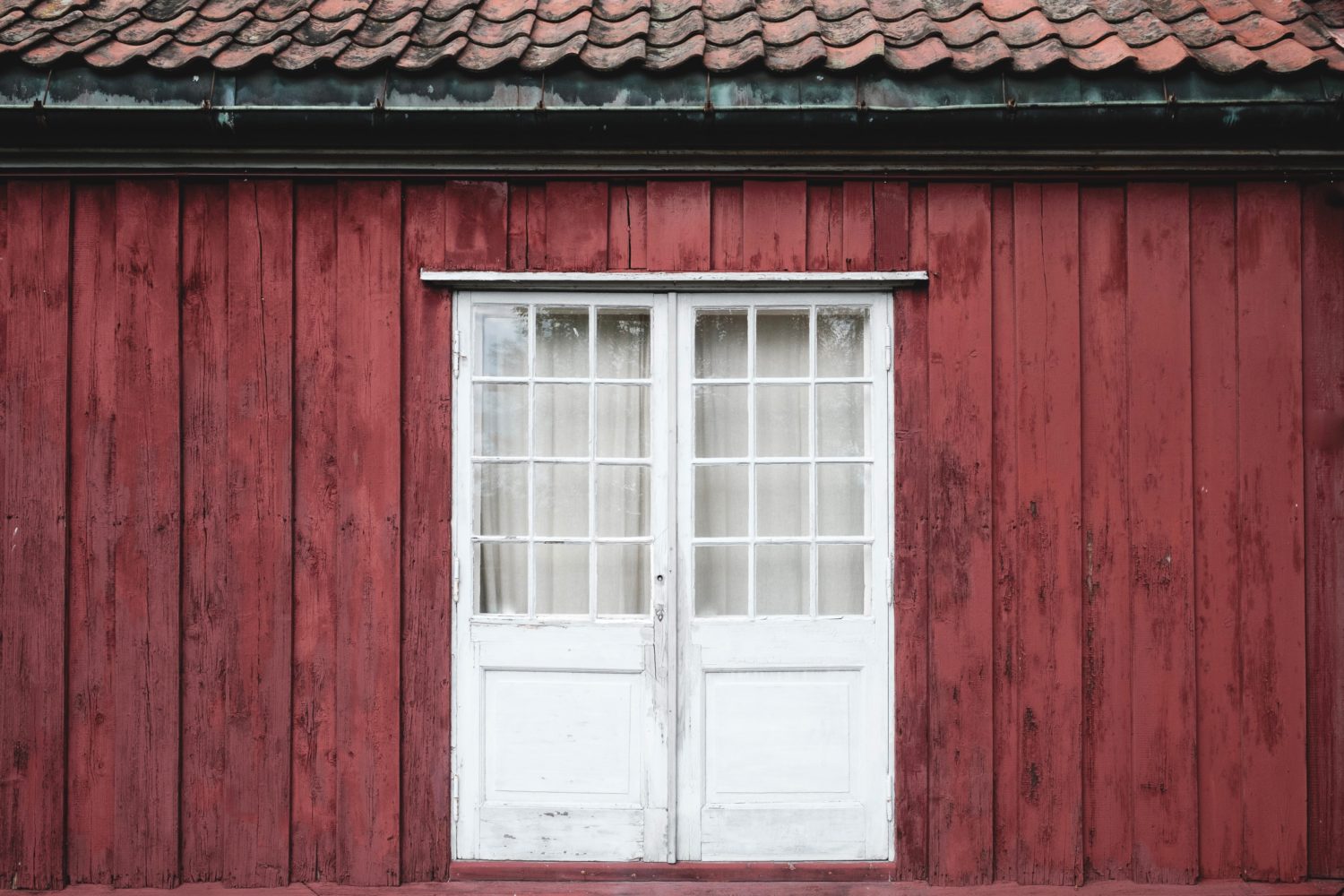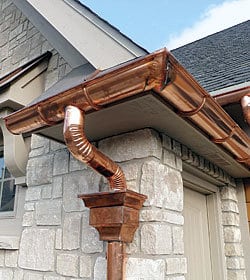Broken or clogged gutters can send water seeping through your roof or allow it collect in your basement and weaken your home s foundation.
Do u need guttering to insure your home.
Find out how much homeowner s insurance you need.
Here are 4 points to think about if you are considering adding gutters.
While you may realize the importance of gutter cleaning you are probably unaware of how it affects your home insurance policy.
Homeowners insurance safeguards your home and personal belongings and protects your assets from liability claims.
This seems like a logical train of thought but the reason clogged gutters cause damage is because they let water flow over the sides where it pools all around the foundation.
Use a gutter guard if you need to keep leaves and debris from collecting and clogging up the system.
If your insurer decides you haven t practiced basic maintenance it could refuse your claim.
The gutters could require maintenance and that can add to your list of annual chores.
Using gutters on that side of the home will allow.
Although gutters are part of your house and covered by homeowner s insurance you shouldn t expect your insurance company to pay for faulty gutters or gutter related home damages.
Negligence is also important if your gutters are stopped up and water seeps through the roof.
Do you have trees close.
For instance if your roof slopes two directions toward the front and back of the house with a peak in the middle you won t need gutters on the sides of the home but should install them in the front and back.
Insurance doesn t pay to maintain your gutters but it s important to care for them anyway.
During a roofing.
Gutters are an addition to your home and while securely fastened the strain of a full trough of water can cause it to strain at its fastening and pull away from the house damaging both.
Your roof is already constructed to direct water down the slopes where the gutters will then do their work.
Why does a house need gutters anyway.
By using gutters with a drainpipe and ground based gutter line you can direct the water a safe distance from your home.
Gutters should never sag or pull away from the home.
The surrounding landscape slopes upwards when your home is at the bottom of a slope on at least one side water will pool along the foundation both above and below ground.
Water can seep under the roof and damage the interior of your home.
If your gutters fill up the water has to go somewhere.
If you don t have gutters and downspouts to direct runoff away from your home this will happen every time it rains.










